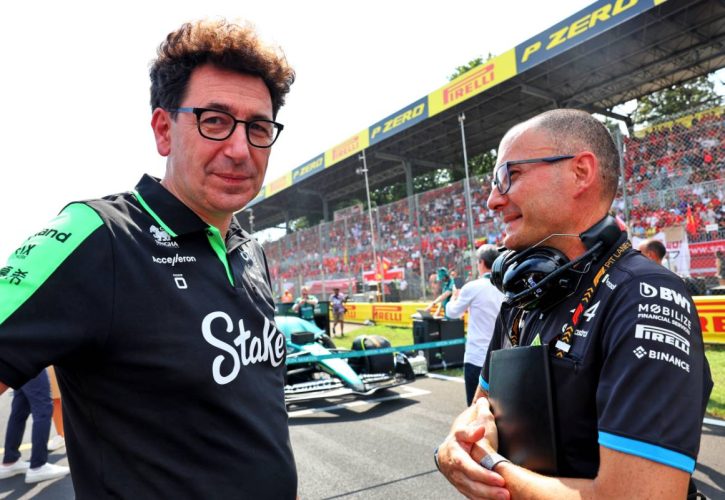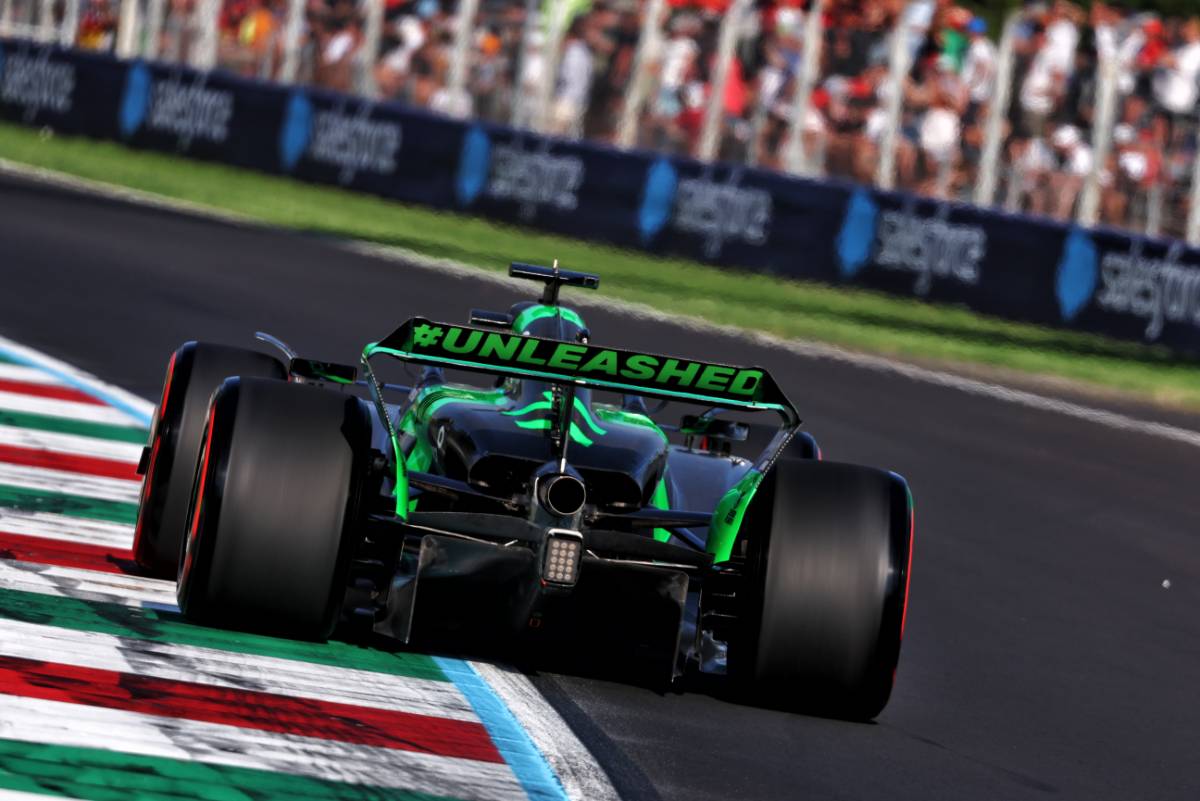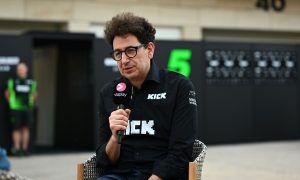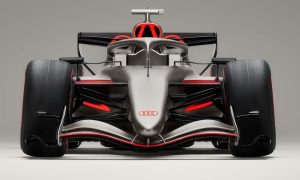
Audi F1 Chief Operating Officer Mattia Binotto believes the German manufacturer will officially enter Formula 1 in 2026 with a slight handicap on the power unit front versus its rivals.
After completing its takeover of Sauber earlier this year, and completely restructuring the Swiss outfit's management by entrusting its F1 project to Binotto, Audi will line up on the grid in 2026 as a works outfit.
The Ingolstadt firm will join Grand Prix racing's four other engine manufacturers – Mercedes, Ferrari, Red Bull Powertrains and Honda (assuming Renault leaves F1) – although there are currently no plans for Audi to supply a customer team.
So far, Audi is on schedule with its engine development plans according to Binotto.
“I've been visiting Neuberg in the last days and weeks,” the Italian said in Singapore last weekend.
“The engine is progressing well, running on the dyno, some long distances so far already performed.”
However, the former Ferrari engineer and team boss believes Audi will be in catch-up mode at the forecast of its arrival in 2026.
While F1's incumbent manufacturers are all facing a reset due to the introduction of a new regulation package, they will enter the new engine cycle with vastly more knowledge and experience than Audi.
“I think here as well, it's a learning process,” Binotto explained. “We are competing with other organizations where manufacturers are settled down.
“Certainly, all the experience is pretty important and valid.

“So while I think the organization there [at Audi] is great, the facilities are great, the programs are going ahead, still there is a learning curve, which needs to be done.
“So I'm expecting initially to have a gap to recover. “How big it will be, I think that you can never know.”
Binotto emphasized that Audi will only fully understand the extent of the gap between itself and its competitors once its car hits the track.
In the interim, Audi still has over a year of development work ahead to ensure that it is as prepared as possible for 2026.
“Only by the time we will be on track that we can only understand. But we've got more than a year from now to then,” he said.
“There is an intense program on the dynos in development and it will be our task to make sure that we can enforce it, speeding up as much as we can, but try to be as competitive as we can be at the start of 2026. ”
Keep up to date with all the F1 news via Facebook and Twitter







